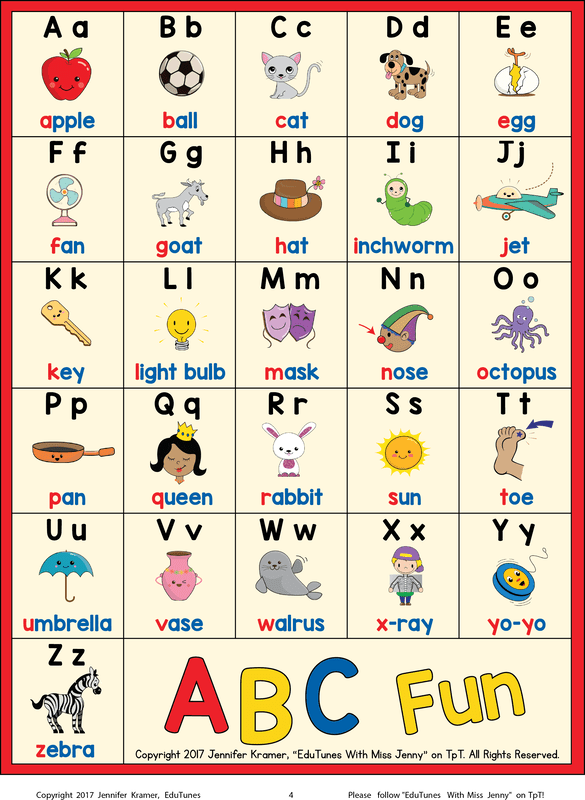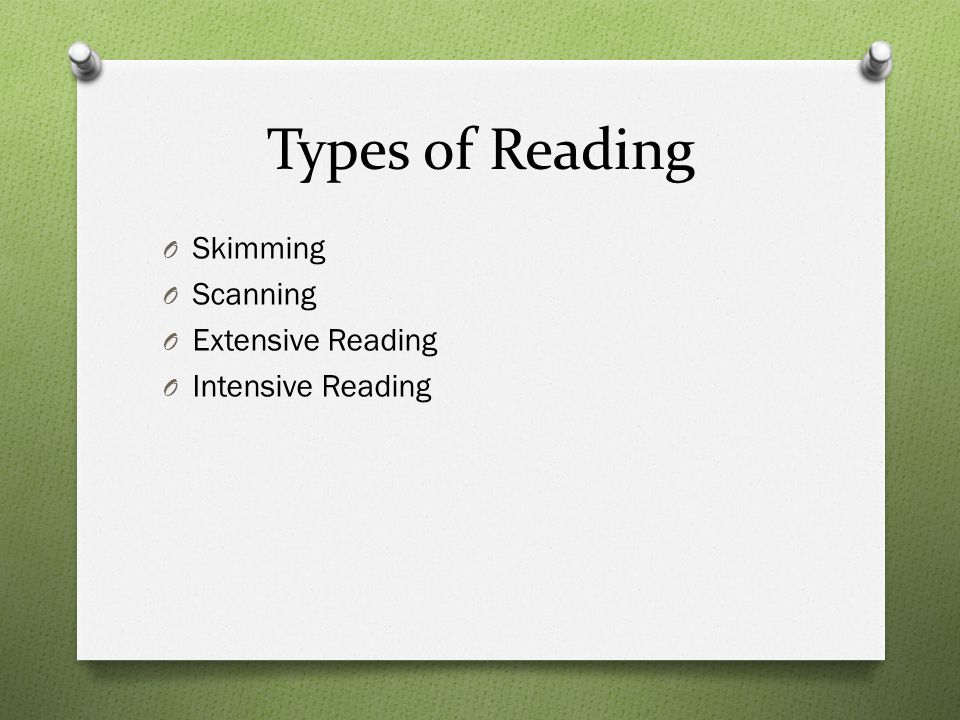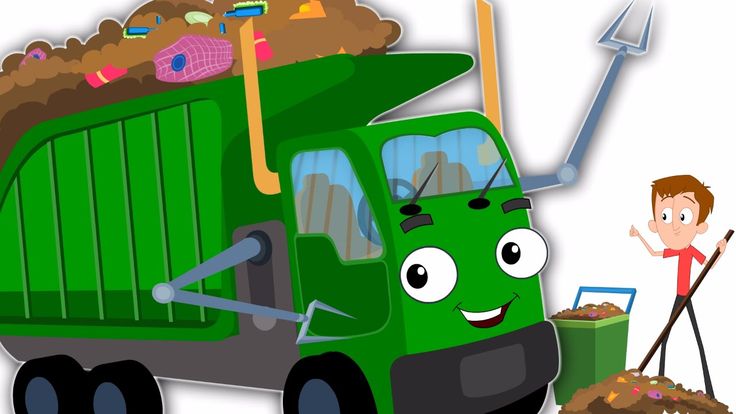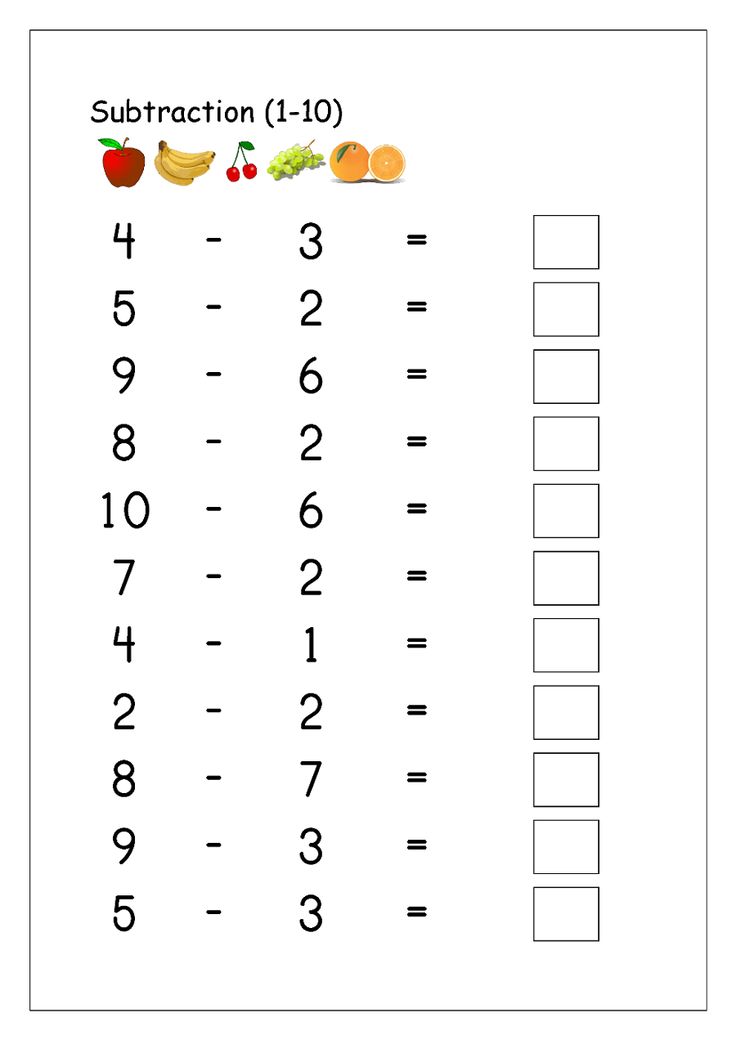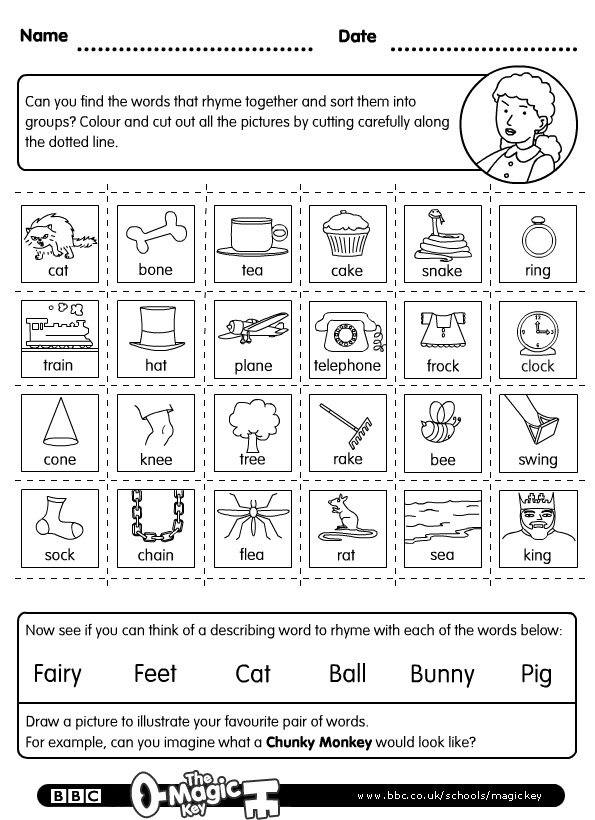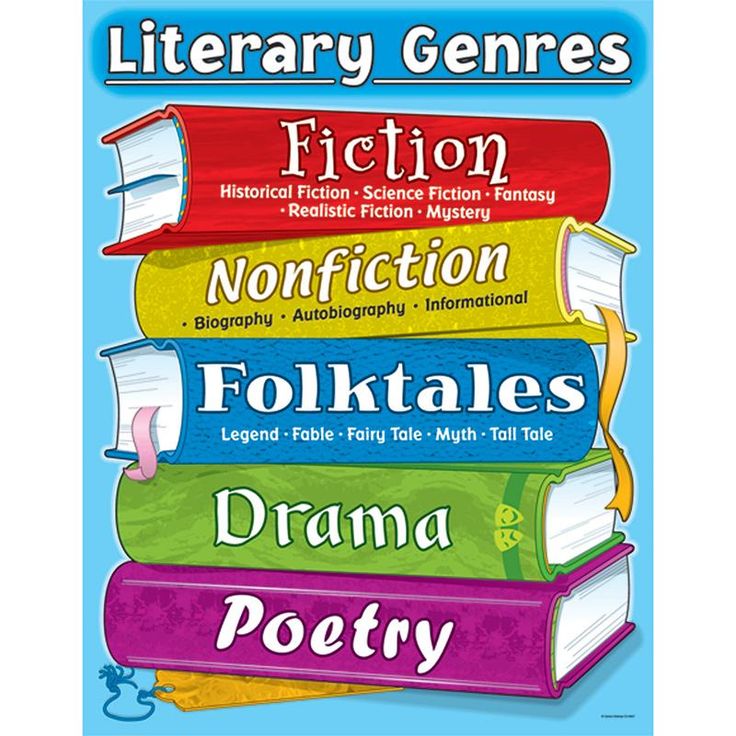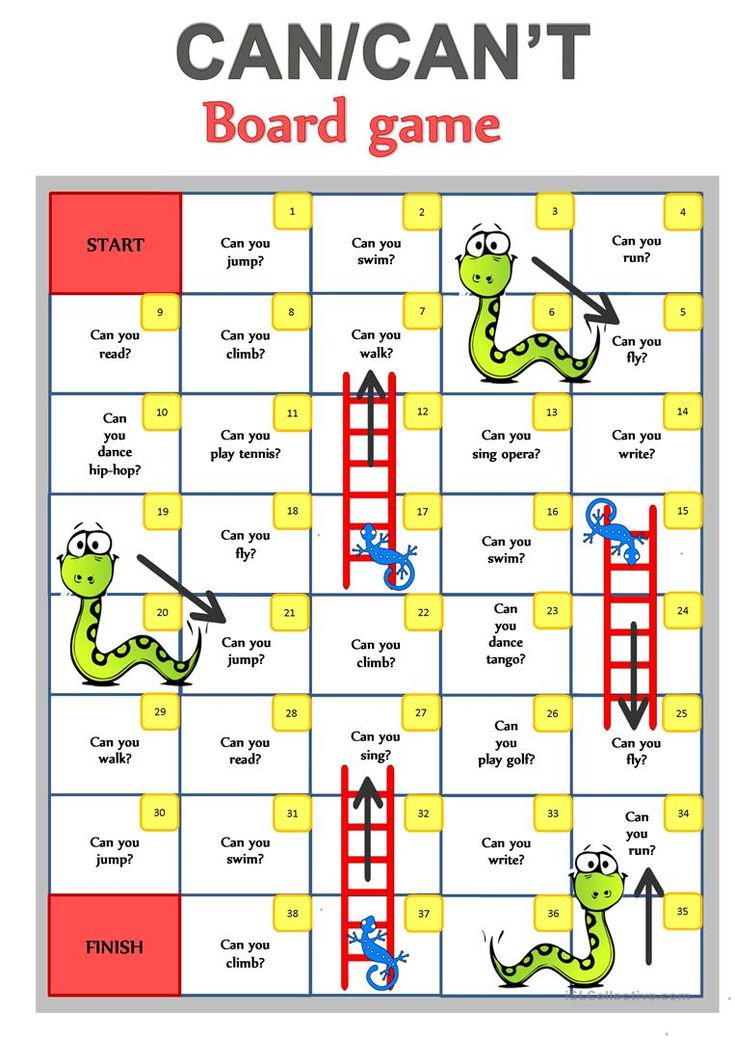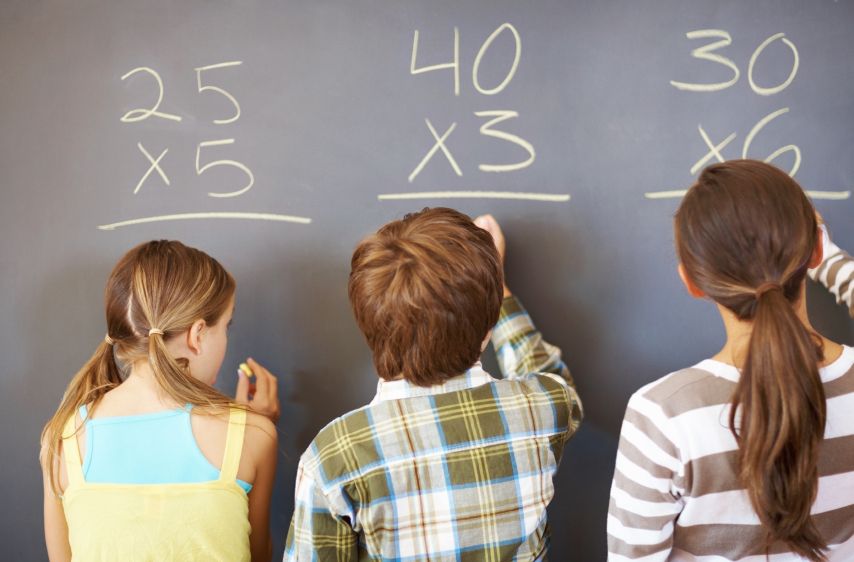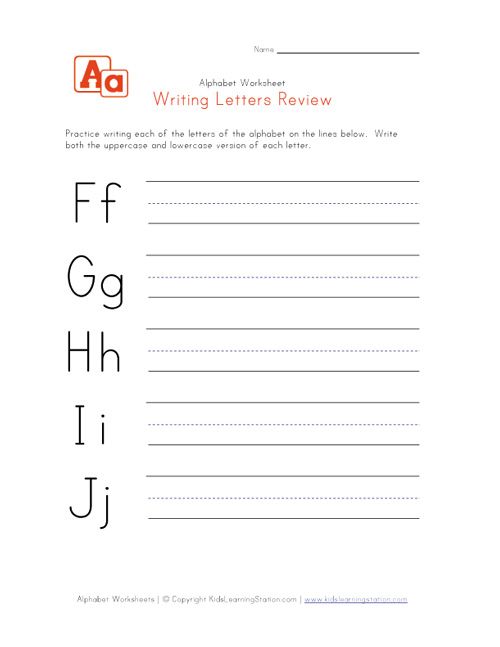Alphabet sounds chart printable
Alphabet Sounds Chart - with Letter Formation
An alphabet sounds chart is a great resource for young readers and writers. I created it specifically for my Kindergartner.
*This post contains affiliate links.
**The free download can be found at the END of this post. Click on the teal download button.
Alphabet Sounds Chart
After creating our numbers 1-20 chart, I got LOTS of requests for an alphabet chart, too.
We already have a beginning sounds chart, but the alphabet sounds chart I’m posting today is a little simpler for younger learners.
This sound chart is a little different from other charts that you might find on the web.
For one thing, the letter formation for each letter is included. So, learners can use this as a phonics chart to help them spell as well as remember the formation of their letters. Woot!
Secondly, it includes more than just one sound per letter.
- The vowels include the long and short sounds.
- Cc and Gg include both their hard and soft sounds.
- Xx includes the /z/ sound you hear at the beginning of xylophone and the /ks/ sound at the end of box.
- Yy has three sounds featured: 1- the /y/ sound at the beginning of yarn, 2- the long i sound at the end of fly, and 3- the long e sound at the end of baby.
Handling Multiple Sounds with Young Learners
Now, this may seem rather complicated to work on all these multiple sounds, but it can be as simple as this example:
Child is writing: I am… and wants to write happy to end the sentence. She sounds through each letter, using the chart when needed.
If I’m working with the child, when she gets to the -y, I’d say something like: “It sounds like an e goes on the end, doesn’t it? But when we hear that /ee/ sound on the end of words, it is sometimes spelled with a y.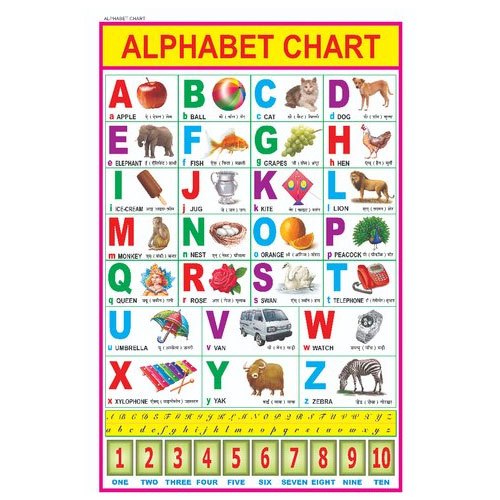 Look on your chart and find the letter y. Do you see the baby? The last letter in
baby is also a y. Let’s write a y at the end of happy.”
Look on your chart and find the letter y. Do you see the baby? The last letter in
baby is also a y. Let’s write a y at the end of happy.”
The key is to keep it simple. I doesn’t need to become a full lesson for knowing how to spell these letters with multiple sounds. That wouldn’t be developmentally appropriate for most Kindergartners.
Two Quick Notes:
- This alphabet sounds chart is offered in color & blackline in the download! Keep scrolling to find it below.
- There are TWO versions. Version 1 on the download includes EAGLE as the key picture for long e. Version 2 includes EGRET as the key picture for long e.
Looking for more Alphabet Ideas?
- Alphabet Sounds App
- Beginning Sounds Trace & Clip Cards
- Printable Alphabet Puzzles
- Alphabet Letter Mazes with Different Fonts
Get the freebie below!
Enjoy!
~Becky
Want MORE Free Teaching Resources?
Join thousands of other subscribers to get hands-on activities and printables delivered right to your inbox!
Free Printable Phonics Charts for Beginning Readers
Affiliate links may have been used in this post.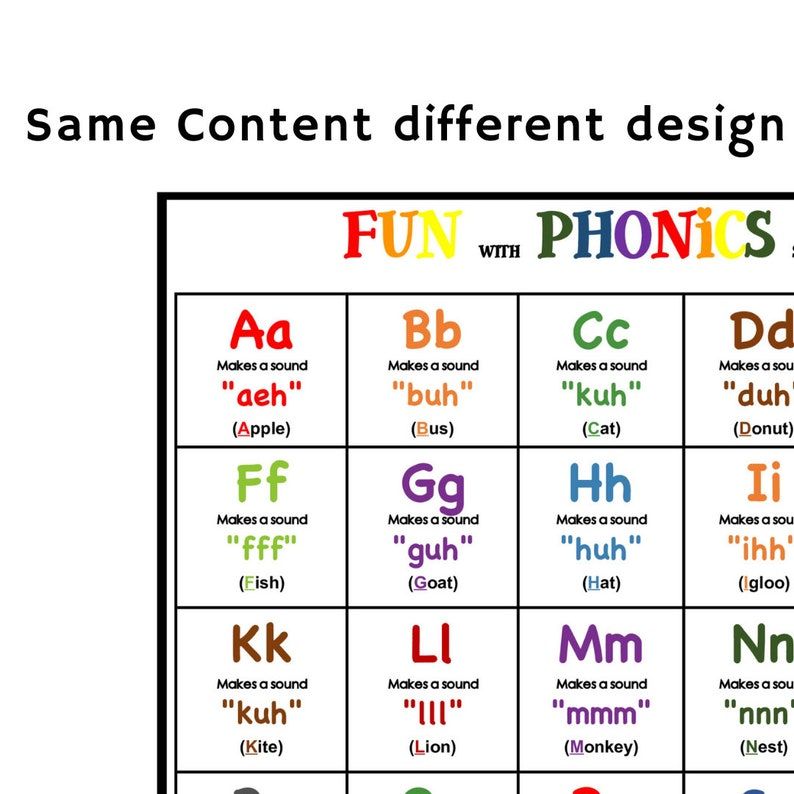 FREE offers are often time-sensitive and may be limited time only.
FREE offers are often time-sensitive and may be limited time only.
Learning the alphabet and letter sounds can be overwhelming at first glance, but it doesn’t have to be! These Free Printable Phonics Charts for Beginning Readers are colorful and so nicely laid out that your child’s eye will be easily drawn to them.
What is phonics?
I remember phonics books from my elementary public school. I loved it, it was about the only subject I enjoyed. Phonics is a method used in teaching children (people) to read by matching up sounds with different symbols in the alphabet writing system. We had a colorful phonics chart on the wall with cute characters and colorful pictures that drew my eyes to it.
Decoding words and spelling words are mostly dependent on the phonics method which uses the “sounding out” (phonological awareness) processes.
There are several ways to teach phonics and one beneficial way is by using a phonics chart. When we first started homeschooling I hung a phonics chart on the wall like the one I remembered from school.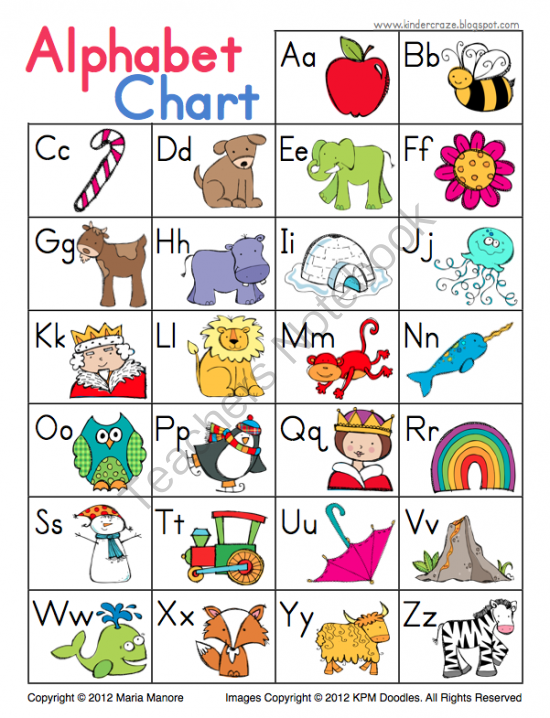 We also used Abeka curriculum during the early years, and they provided a ton of different phonics charts on colorful cardstock that we referenced frequently.
We also used Abeka curriculum during the early years, and they provided a ton of different phonics charts on colorful cardstock that we referenced frequently.
Phonics Charts
Using a phonics chart is a fun way to teach the sounding out process and phonics reading concepts for beginning readers. When using phonics charts, the color-coding process helps students focus on phonic patterns and word sound formation.
Benefits of using Phonics Charts
A phonics chart is great for visual learners because they can be put on display or as flash cards. Phonics charts encourage your students to write as they are able to see the charts ready for them to use as a reference.
Recommended Resource: MEGA Early Learning Bundle – 50% off!This bundle contains 600 pages of letters, numbers, shapes, colors, and more – everything you need to teach preschool! |
Free Printable Phonics Charts for Beginning Readers
Grab some printable phonics charts to help you teach your early learner phonetic sounds. You’ll find different types of phonics charts that you can use on your wall or as a reference sheet.
You’ll find different types of phonics charts that you can use on your wall or as a reference sheet.
Phonics Chart
Phonics Charts and Phonics Strategies – This phonics resource holds a chart for blends, digraphs, and vowel sounds – each one will help your child as he begins his journey to being a reader. Don’t miss out on the different strategies and ideas to help your kids learn through games, word building, creative writing, and more.
Phonics Charts
20 Perfect DIY Phonics Charts – Check out these ideas to make your very own phonics charts your kids will love. They are super fun and will help your students to use them independently to increase confidence in their reading skills.
Phonics Sound Chart
Sound Charts – Grab these charts to go alongside your phonics lessons. There is a sounds cart, an alphabet chart, long vowels chart, diphthongs, and blends chart.
Consonant Sounds Phonics Chart
Consonant Sounds Phonics Chart – These charts for learning phonics are a fun activity to unlock the alphabetic code.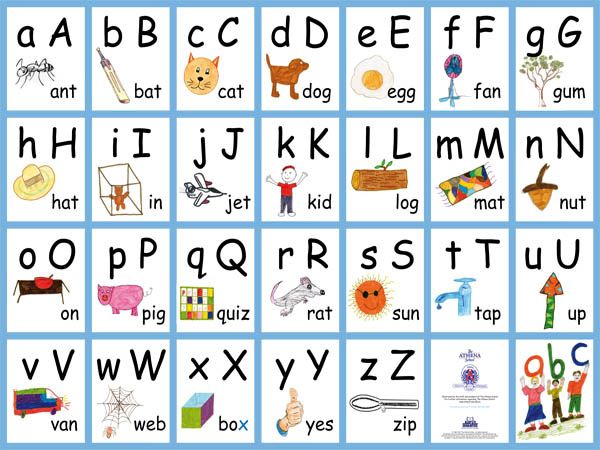 The phonics chart includes all the common vowel sounds and common consonant-sound spellings kids need to get familiar with.
The phonics chart includes all the common vowel sounds and common consonant-sound spellings kids need to get familiar with.
Phonics Chart Printable Pages
Abeka Phonics Chart Pages – This Abeka curriculum inspired phonics chart pages will help your kids with reading, phonics, and spelling. They are a great addition to your young student’s notebooks or wall displays.
Beginner Alphabet Phonics Sounds Chart
Alphabet Phonics Chart – This free alphabet learning phonics chart can be used as flash cards or posters in your homeschool. There are simple images next to each letter for your little ones to sound out.
Phonics Chart Download
Phonics Charts to Print & Color – Use phonics charts to introduce words and to combine them in various phrases and sentences. Your kids will have fun with phonics using these printable phonics charts.
Letter Sounds Chart
Phonics Sounds Cards & Charts – Challenge your young students with these free phonics sounds charts and cards.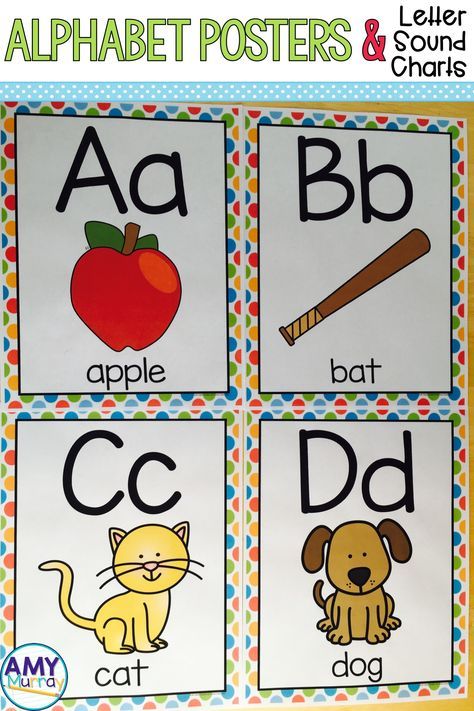 Your students will practice, review, and learn 84 different letter combinations.
Your students will practice, review, and learn 84 different letter combinations.
Phonics and Reading Tips, Tricks, and Resources:
What to Do When a Child Does Not Like to Read – Not every child will fall in love with reading. Not right away, anyway. Read all about what you can do as a parent should your child not like reading at all. We can all use some help.
What to Do When You Hate Reading Aloud – Is it weird for you if you read aloud? It could stem from when you were a child. Yet, we all know how important it is for our kids. Check out something you can do for your read-a-loud-phobia; bibliophobia.
Ideas and Activities That Teach Sight Words to Beginning Readers – Beginning readers truly benefit from learning sight words. Getting familiar with words they may soon use often, is a great foundation for their language learning experience.
Consonant Blend Story Book – Consonant blends include bl, br, cr, dr, gl, or just consonant sounds that blend together to make combined sounds.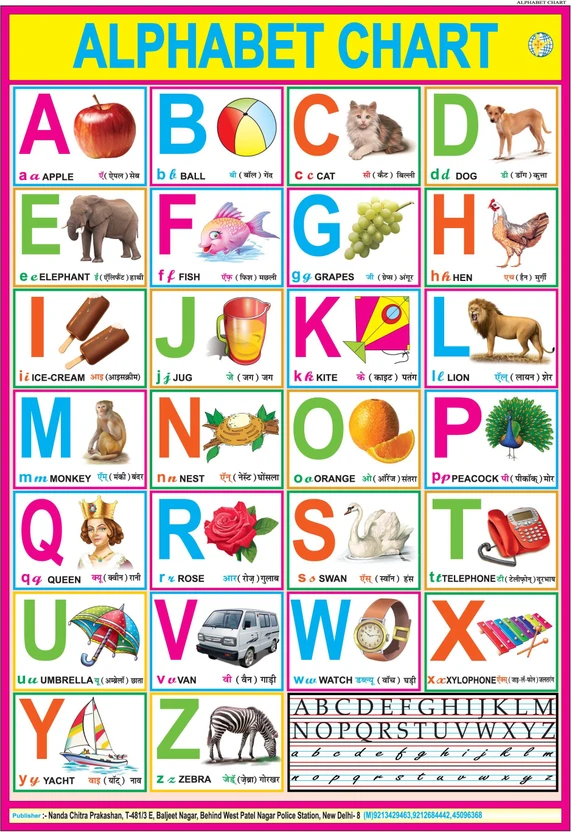 This book is a great reading resource to learn all about consonant blends.
This book is a great reading resource to learn all about consonant blends.
Early Learning Reading & Writing Helps – Here you will find a list of early learning help for reading and writing. Some of the lists include help with the silent, help when kids mix b/d, short vowel sounds, and more.
Letter b and d Reversal Helps – How many of you had kids that had (or are having) issues with mixing up their letter “b” and letter “d” when writing? My son still mixed them up until a couple of years ago. These “b” and “d” reversal worksheets and printables will help.
Free Printables for Early Readers – You will not want to miss this list of free printable early readers. Get some useful information on improving your child’s reading environment and a list of awesome emergent readers of sight words, princesses, fairy tales, firefighters, colors, and so much more.
Phonics Cut and Paste Activities:
Language Arts Cut & Paste – These language arts charts make a great addition to your synonyms and antonyms lessons.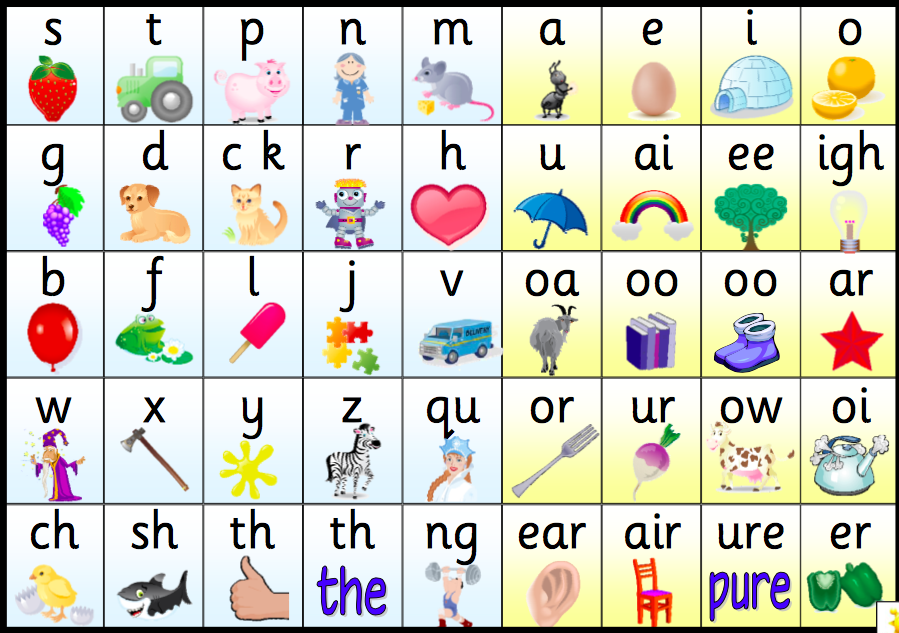 Check out this hands-on cut and paste activity to learn six different types of words.
Check out this hands-on cut and paste activity to learn six different types of words.
Phonics Cut & Paste Activity – Hands-on learning is the best for young learners! Help your kids review these 88 key sounds including consonant blends, digraphs, and more.
Reading CVC Cut and Paste Pack – Reading comprehension can always use a little help in fun ways. This free cut & Paste fun with fairy tales hands-on activity is the perfect addition to any reading lesson for your little ones.
Alphabet Tracing
Alphabet Tracing Pages for Young Writers – These free alphabet tracing pages are for lowercase and uppercase letters in a fun and adorable way. You will even get a bonus resource for pencil control practice in addition to a list of phonics fun.
Ocean-Themed Cursive Alphabet Tracing Pages – Tracing practice was always a hit at my house. Although I learned that my son needed more tracing practice than my daughter did. Grab these cursive alphabet tracing pages for your child needing some practice.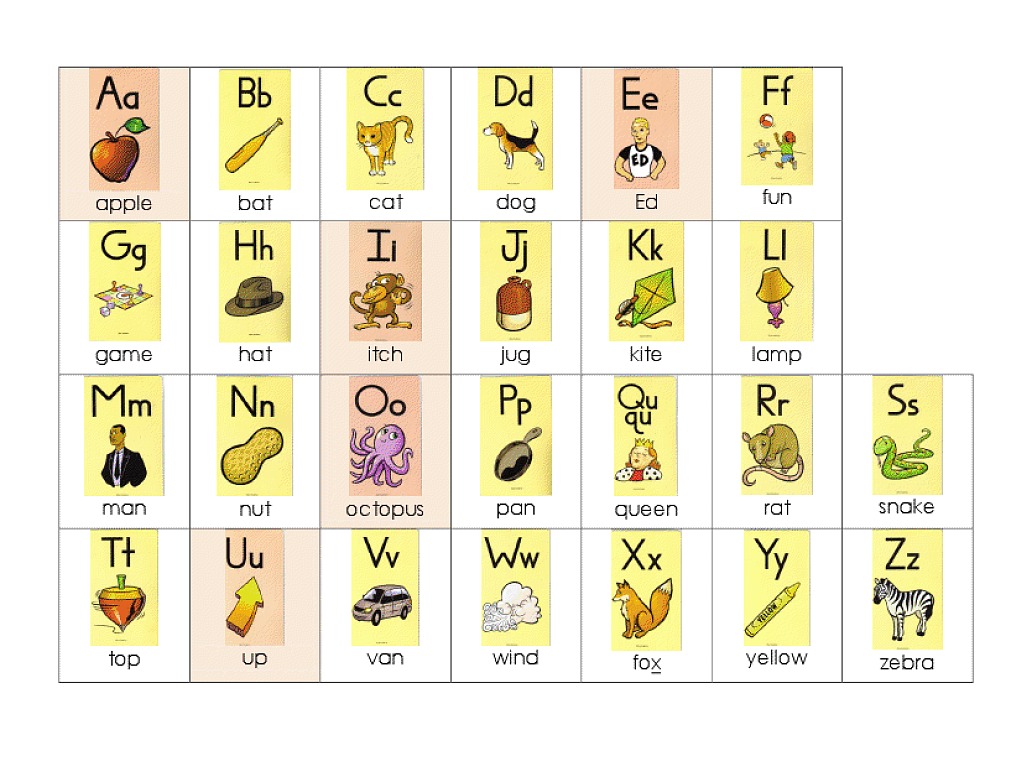
Letter of the Week Series: Free Alphabet Printables – Do you do Letter of the Week in your homeschool? You won’t want to pass up this awesome list to help you with doing the best simple and useful lessons for Letter of the Week for your young learners.
Recommended Post: Free Editable Name Tracing Sheets for Beginning WritersTracing names can can be boring unless you work had to make it fun. You can use an instant name worksheet maker or free editable name tracing sheets that use special fonts and dashed lines for writing practice. |
I will leave you all with a few quotes that will motivate you to read with your kids and not give up. Even when phonics and other methods may be a challenge, it is all worth it. You can begin with these free printable phonics charts for beginning readers.
“Once you learn to read, you will be forever free.” — Frederick Douglass
“A book is like a garden, carried in the pocket.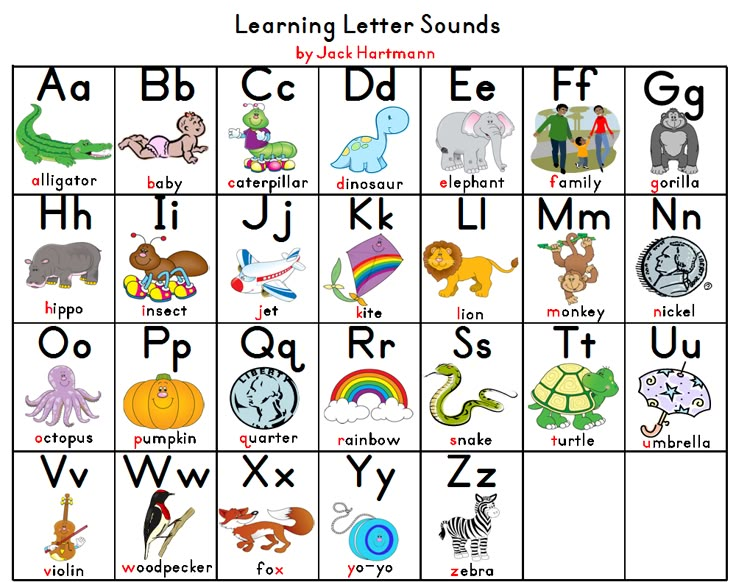 ” — Chinese Proverb
” — Chinese Proverb
“There is no frigate like a book, to take us lands away” — Emily Dickinson
“Let us remember: one book, one pen, one child, and one teacher can change the world.” — Malala Yousafzei
“There is no substitute for books in the life of a child.” — May Ellen Chase
“To learn to read is to light a fire; every syllable that is spelled out is a spark.” — Victor Hugo, Les Miserables
Email*
We value your privacy and promise never to send you spam; you can unsubscribe at anytime. View our Privacy Policy for more information on how we process your data.
Carrie
Carrie is the owner & operator of Homeschool Giveaways. She has been homeschooling for over a decade and has successfully graduated her first homeschooler. She has two girls and works side by side at home with her awesome husband. She has been saved by grace, fails daily, but continues to strive toward the prize of the high calling of being a daughter of the Most High God.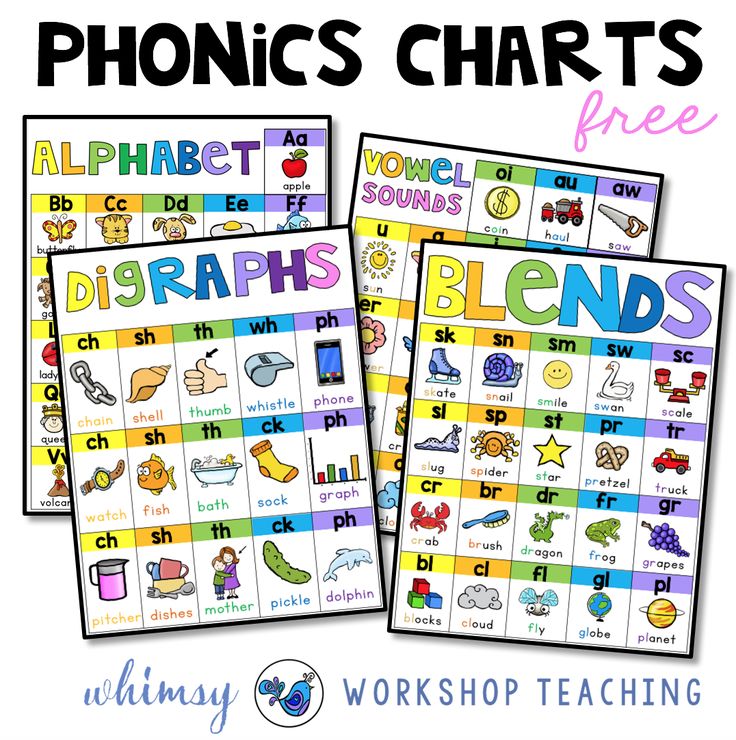
Print the English alphabet
Uppercase, lowercase, printed and written letters of the English alphabet with pictures, transcription and pronunciation in Russian letters for color and black and white printing on standard A3 and A4 sheets. Pictures with an alphabet to insert into Word and images with a transparent background.
- Pages:
- 1
- 2
- 3
- 4
- See all
1 Color alphabet in pictures.
Multi-colored letters of the English alphabet with pictures for each letter, transcription and pronunciation in Russian letters, for printing on a standard A3 sheet.
2 Alphabet with transcription.
A table with the letters of the English alphabet, the corresponding signs of phonetic transcription and a description of the pronunciation.
3 Colored uppercase alphabet.
Letters of the English alphabet for printing on standard A4 paper.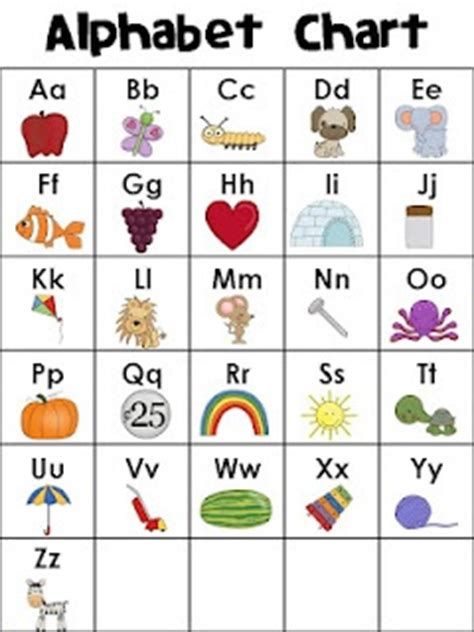 Transcription and pronunciation in Russian letters, a detailed diagram with arrows on how to write English letters by hand.
Transcription and pronunciation in Russian letters, a detailed diagram with arrows on how to write English letters by hand.
Download and print the alphabet:
- Alphabet on A4 in pictures.
- Black and white alphabet on A4 in pictures.
- Alphabet in pictures on A3 sheet.
- Black and white alphabet in pictures on A3 sheet.
- Print color upper case alphabet.
- Print the black and white uppercase alphabet.
- Table - Letters and their corresponding transcription marks.
Individual letters:
- Large unpainted letters
- Colored, large capital letters.
- Coloured, large size lower case letters.
- Colored, uppercase and lowercase large letters.
- print one letter
similar pages:
- Print transcription
- Cards with English letters
- Black -and -Belon cards with letters
- Cards 9 on 10 with letters and pictures ,
- cards 9 for 10 with letters and pictures.
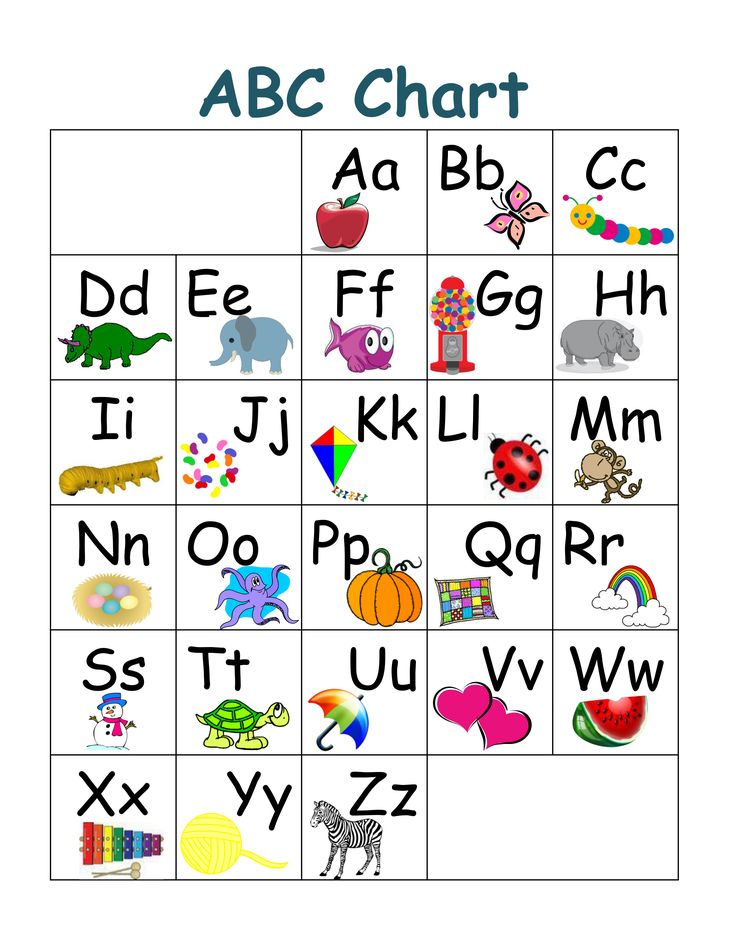 Black and white
Black and white - Cards 7.5×10 cm, with transcription.
- Black and white cards 7.5×10 cm, with transcription.
- View all
Printed vowels of the Russian alphabet for printing. Russian alphabet
The letters of the Russian alphabet are divided into vowels and consonants. Vowels 10, this is A E E Y O U Y E Yu Ya . Consonants 21 - B C D E F G H Y K L M N P R S T V W Y Z . There are 33 letters in total.
Letters b and b are neither vowels nor consonants.
Spend time with your child in an interesting and useful way. We wish you success.
How to play with a child using letter cards?
Game number 1. Name the letter.
Before you start playing this game, introduce your child to a few letters.
You show the child a card with a letter, and he says what letter is written. For the correct answer, the child receives a token. At the end of the game there is a prize.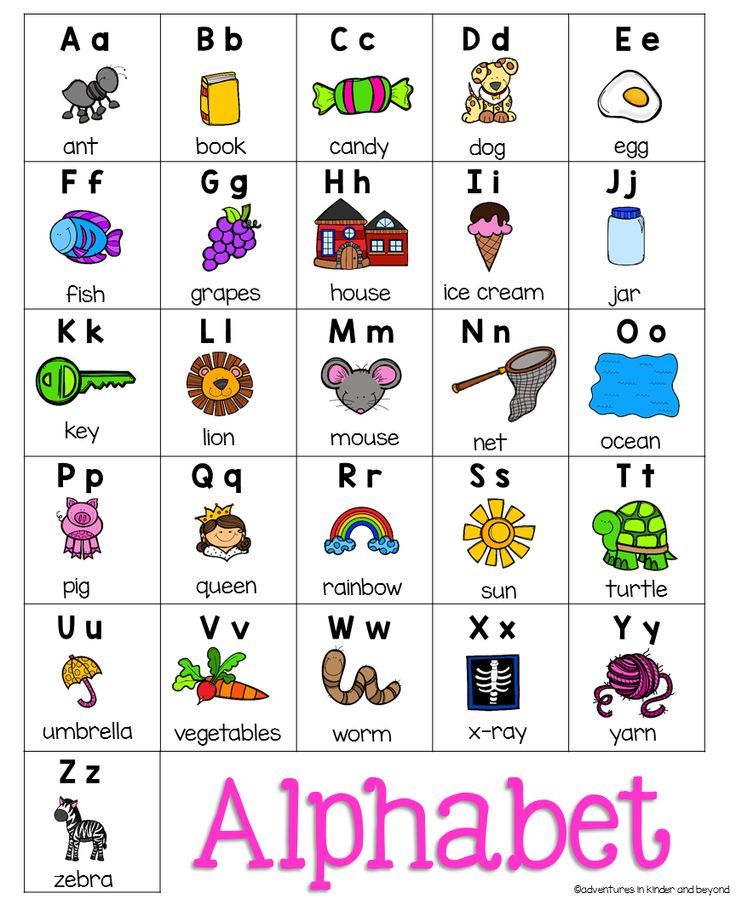 Please note that vowels are written in red, and consonants are written in blue.
Please note that vowels are written in red, and consonants are written in blue.
Tell your child that there are vowels and consonants. Vowel sounds are easy to sing, shout, pronounce. Nothing interferes in the mouth - neither lips nor tongue. Let the child guess what the vowel sound is in the words: poppy, forest, cat, house, etc.
And consonants. When pronouncing them in the mouth, something constantly interferes - either the lips or the tongue. Play, let the child name the consonants that he hears: day, meadow, juice, poppy, etc.
Use this game to learn all the letters of the alphabet.
Game number 2. Name words starting with a given letter.
Suggest any letter the child knows and take turns saying words starting with that letter. Now let the child choose the letter, come up with words again, continue the same way.
Game number 3. Who says so?
Before starting the game, choose one card with a letter that starts with a consonant (eg m).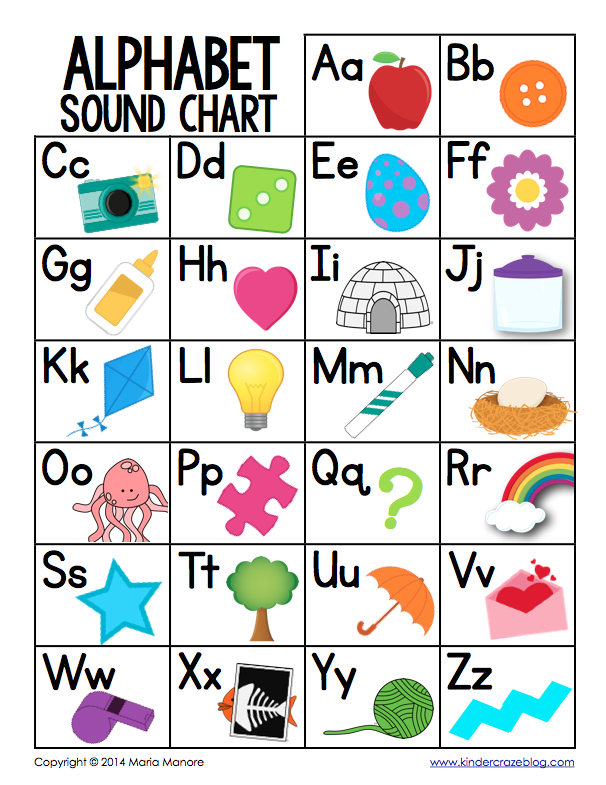 Next to this letter, put a letter denoting a vowel sound (for example, "a").
Next to this letter, put a letter denoting a vowel sound (for example, "a").
At first, do not push the child and insist that he read more syllables. Focus on the question: "Who says so?" The child must answer which animal gives a voice like that.
Give a chip for each correct answer. Over time, the game can be played in a group of children and a competition can be organized, who will quickly and correctly name the proposed syllables.
Game number 4. Change the vowel.
In this game, the first letter, the consonant, remains unchanged, while the letters that represent the vowel sound change. For example: ma, mo, mu, mi, me, we, me. Then the first letter can be replaced (the child can choose the letter himself) and continue reading.
Game 5. Change the consonant.
In this game, the first letter remains unchanged - the vowel, and the letters that represent the consonant sound change. For example: am, an, hell, av, ash, ar, at.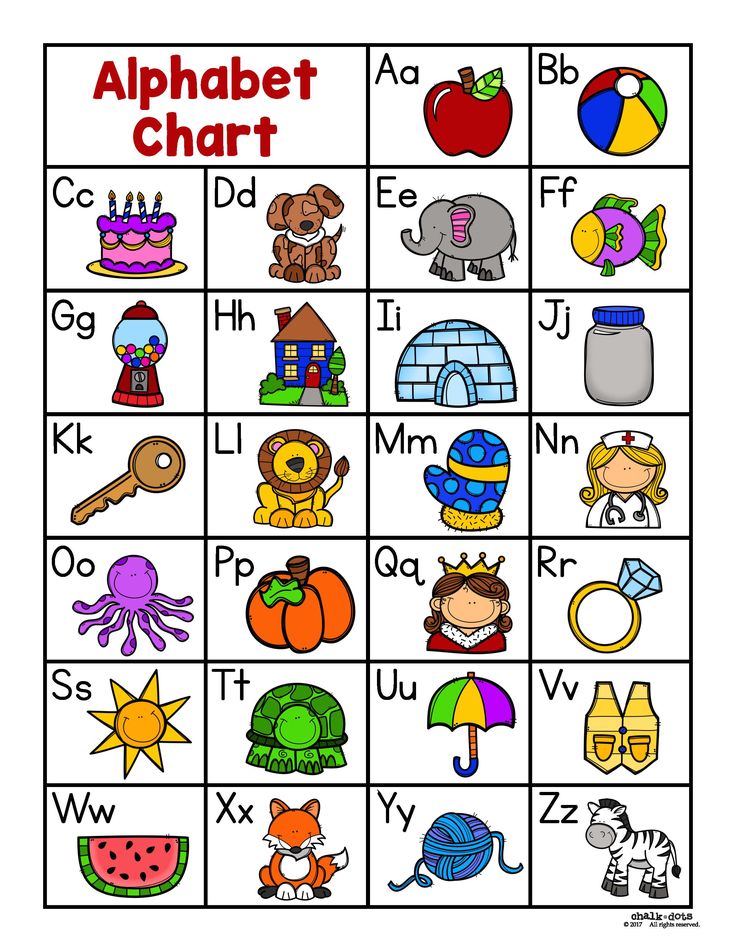 Then the first letter can be replaced (the child can choose the letter himself) and continue reading.
Then the first letter can be replaced (the child can choose the letter himself) and continue reading.
Game number 6. Funny letter combinations.
This game is probably the most difficult at this stage of learning, because the child needs to read letter combinations that consist only of consonants (fl, zv, kr, sl, st, br, ch, pl, chl, zm, kr, dv , sk, sq). To interest the child, invite him to choose the funniest letter combination from those that he reads.
Game 7. Create a syllable.
Using letter cards, ask your child to write the syllable you name. For a correctly completed task, the child receives a token.
A competition with prizes can be organized in a group of children. The first person to create a syllable will receive a token. At the end of the game, according to the number of chips received, the winner is selected, who receives a prize.
Game number 8. Put the word together.
Using cards with letters, you need to add a word of three, and later of four or five letters, invented by a partner in the game.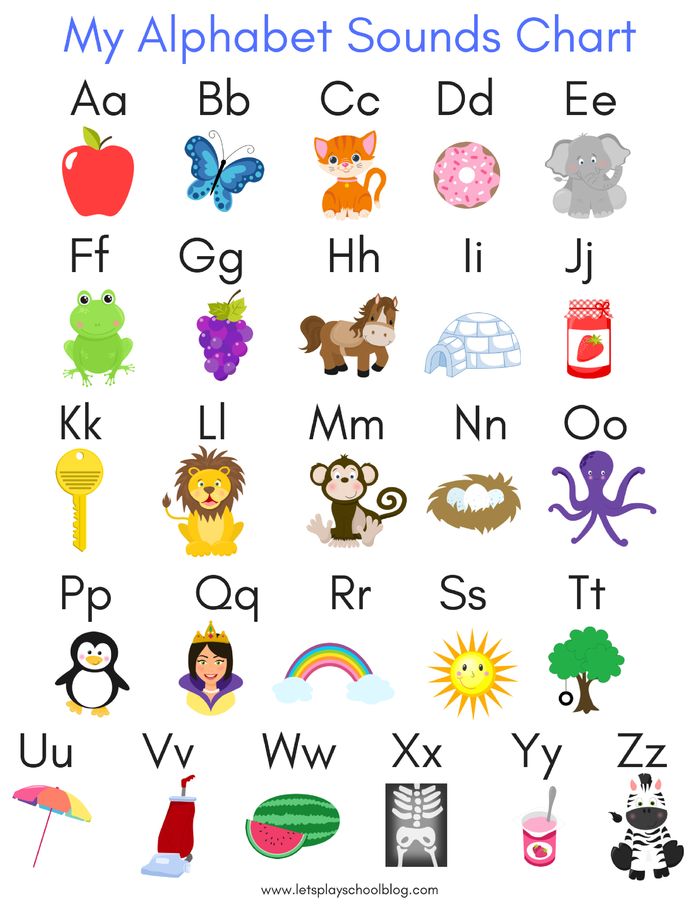 For example, you named the word "garden", and the child must put it together from letters. Then vice versa, the child calls a word of three letters, and you add it up. be sure to ask the child to check whether you completed the task correctly. For the sake of interest and to test attentiveness, sometimes make mistakes. Let the child identify them. Each correctly spelled word is rewarded with a chip. Whoever gets the most chips wins.
For example, you named the word "garden", and the child must put it together from letters. Then vice versa, the child calls a word of three letters, and you add it up. be sure to ask the child to check whether you completed the task correctly. For the sake of interest and to test attentiveness, sometimes make mistakes. Let the child identify them. Each correctly spelled word is rewarded with a chip. Whoever gets the most chips wins.
Moreover, there are painted letters. As usual, red is vowels, blue is consonants. But there are also cards with contour letters nearby. You can color them yourself.
There are 4 cards per standard album sheet. This size is comfortable to work with. But you can print half the size, and even a few copies. And put words with the child.
Dear readers!
All materials from the site can be downloaded absolutely free of charge. All materials are checked by antivirus and do not contain hidden scripts.
Archived materials are not watermarked!
The site is replenished with materials based on the free work of the authors.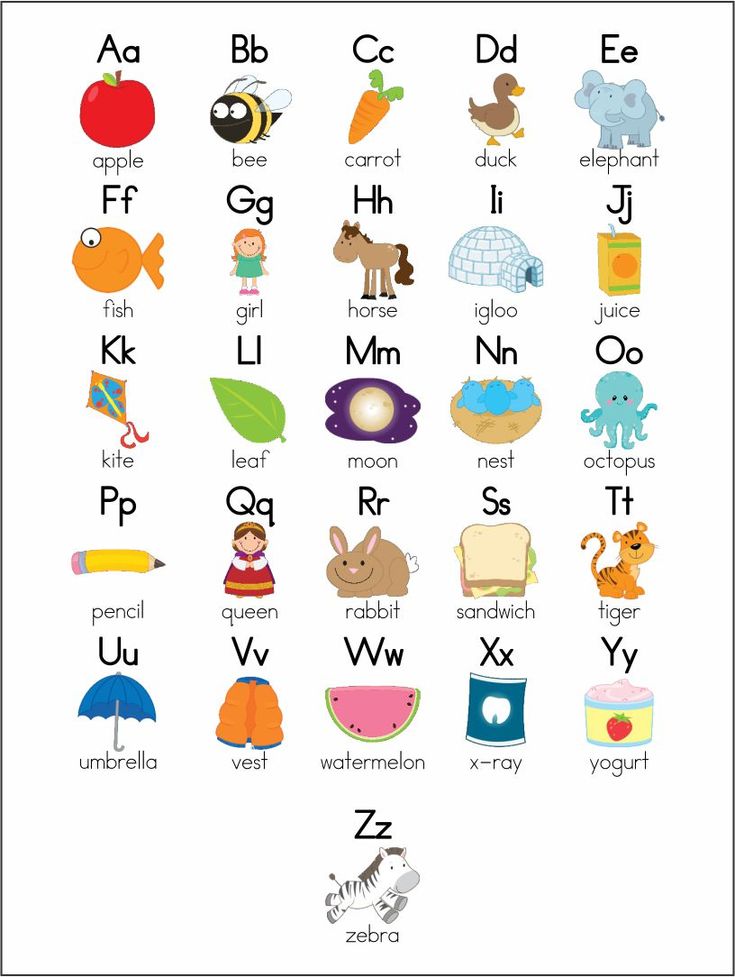 If you want to thank them for their work and support our project, you can transfer any amount that is not burdensome for you to the site account.
If you want to thank them for their work and support our project, you can transfer any amount that is not burdensome for you to the site account.
Thank you in advance!!!
Many well-known teachers - practitioners, such as Zaitsev, Doman, recommend starting to study letters and the alphabet with a child from 1.5 - 2 years. To help you, we offer cards prepared by us with large large Russian letters. You can print the Russian alphabet, print it out, cut it out and use them as a tool for learning sounds and syllables.
Nowadays, there are many methods for teaching a child to read. But without knowing the letters of the alphabet, it is naturally impossible to teach a child to read. The use of improvised material, in the form of cards with letters for children, will come in handy.
First, you can print the alphabet cards for children in one copy. To study only the letters of this will be enough.
Children aged 1.5-2 should be engaged exclusively in a playful way, for a few minutes a day.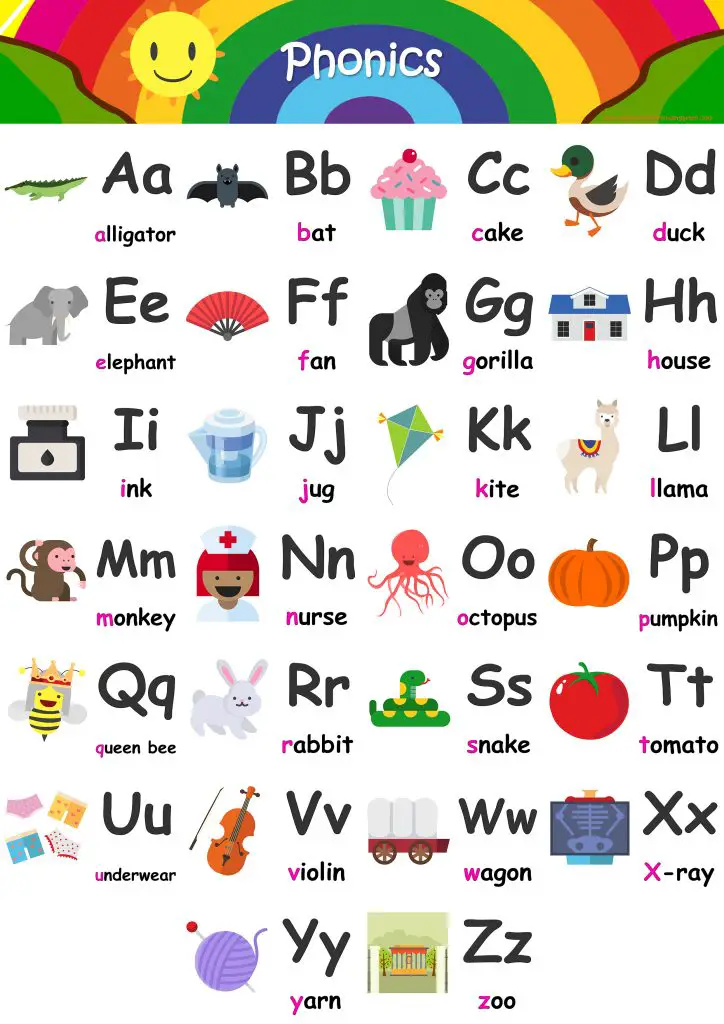 With children aged 3-4 years, the time of classes increases to 15 minutes a day.
With children aged 3-4 years, the time of classes increases to 15 minutes a day.
If you decide to make the letters of the alphabet yourself and work with the baby on your own, then do not load the child with only letters. The child needs variety, you can literally pay attention to the colors and shapes of objects in just a couple of minutes, then the child will be more interested.
And most importantly, you don't have to grieve if your child doesn't immediately start "declaring poems" for you. Even if for several sessions he, as it seems to you, does not understand anything, and refuses to tell you letters and numbers, this is not at all the case. The child simply remembers everything, analyzes, time will pass, and you will be simply amazed by his abilities. Your task is to continue learning diligently.
When the child masters the letters, you can print the Russian alphabet in one or even 2 copies. Then you can study syllables with your child and make small words.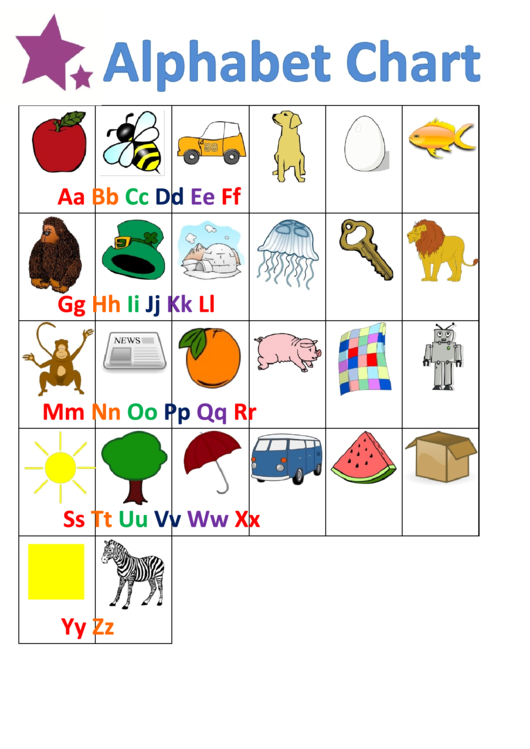
More details read on our website in section education and training .
Russian alphabet cards
Russian alphabet cards
Russian alphabet cards
The birth of the Russian alphabet
Work on the creation of the alphabet began in 860 by order of the ruler of Byzantium - Michael III. He instructed two brothers from the Greek city of Thessaloniki: Cyril and Methodius, to form a written Slavic language. Later, from the Greek version of the alphabet, the Bulgarian monks formed the Cyrillic alphabet.
The formation of the Russian alphabet is directly related to the adoption of Christianity in Europe. Slavic writing began to spread from Bulgaria, after the adoption of Christianity by Tsar Boris in 860. It was in Bulgaria that the first written Slavic school was founded. In it, ancient writings - annals - were translated into Slavic. Further, the Old Church Slavonic language appeared in Serbia and Kievan Rus.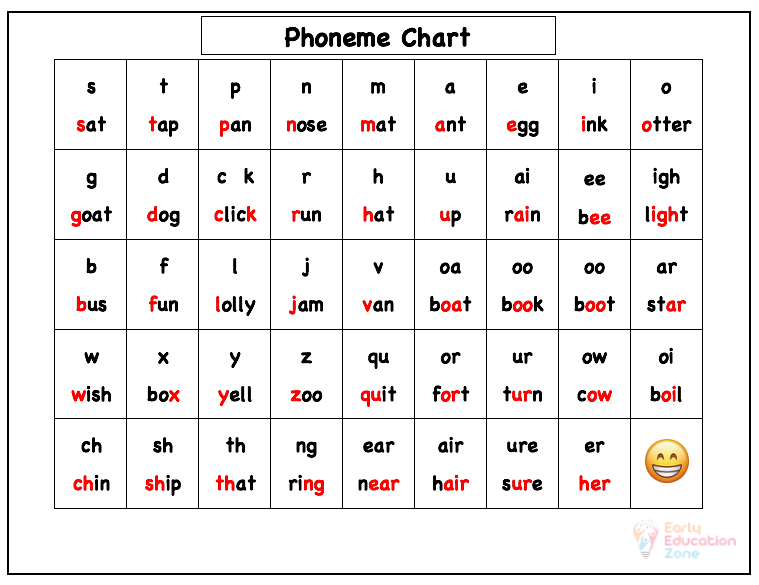 It was precisely the fact that Old Church Slavonic became the recognized language of the official Russian Church that, over time, it replaced Old Russian. At the same time, stable expressions and a folk tone of the speech of the Slavs remained in it.
It was precisely the fact that Old Church Slavonic became the recognized language of the official Russian Church that, over time, it replaced Old Russian. At the same time, stable expressions and a folk tone of the speech of the Slavs remained in it.
Old Church Slavonic transformations
Since the Russian alphabet was based on the Bulgarian Cyrillic alphabet, which spread after the baptism of Rus', it originally had 43 letters.
Over time, 14 letters have been removed and 4 have been added. This is due to the transformation of speech - sounds denoting unused letters have disappeared from it. First of all, they disappeared: ioted yus, big yus.
Under Patriarch the Most Holy Nikon in the second half of the seventeenth century, a widespread census of books took place. This period is considered the time of reforms in Russian orthography. The serial numbers of the letters were fixed. But even at that time the alphabet was different from the modern one. Later, already during the reign of Peter I, superscript characters and some duplicate letters denoting numbers were excluded. At that time, Arabic numerals had already been introduced and the extra characters were no longer relevant.
Back in 1917, the Russian alphabet had 35 letters. But as a result of the writing reform carried out in 1918, 33 letters remained in the Russian alphabet.
Structure of the Russian alphabet
Each word consists of minimal parts - sounds. They, like atoms in molecules, form the shell of a word. Each word and its form has a different sound design. What matters is the combination of letters in the word, the setting of the stress.
In order to correctly distinguish the sound of a letter in a particular word, transcription is used. Transcription is a generally accepted graphical form that displays the sound of a word. Transcription shows:
- Syllables in a word.
- Which syllable is stressed in the word.
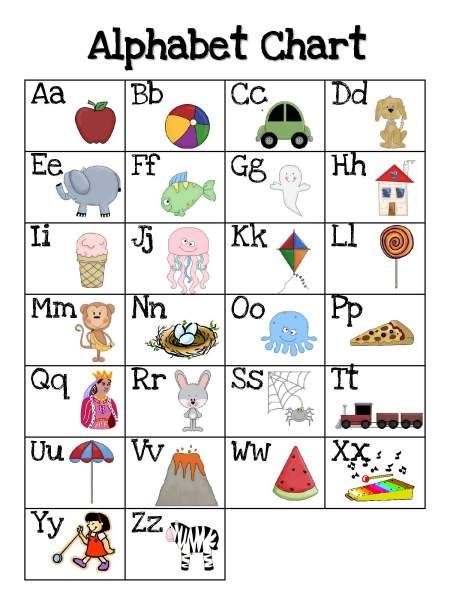 Stress is indicated if the word consists of two or more syllables.
Stress is indicated if the word consists of two or more syllables. - Softness of consonants.
The letters of the alphabet are divided into several groups. The largest division of sounds is into vowels and consonants.
Stressed vowels are only six letters. When pronouncing, the sound does not encounter obstacles when passing through the oral cavity. When playing sounds, the ligaments of the larynx work - if you put your hand to the throat, you can feel the movement of the ligaments. If a person can freely shout or sing a letter, it is most likely a vowel sound. Vowels are the basis of syllables. The stressed syllable sounds the most distinct in the word. In unstressed syllables, they can be pronounced differently. That is why when writing words, it is required to select test words.
When pronouncing consonants, sounds encounter an obstacle in their path. It is the presence of noise that is the difference between consonants and vowels. Pronouncing words with an abundance of consonants is difficult.